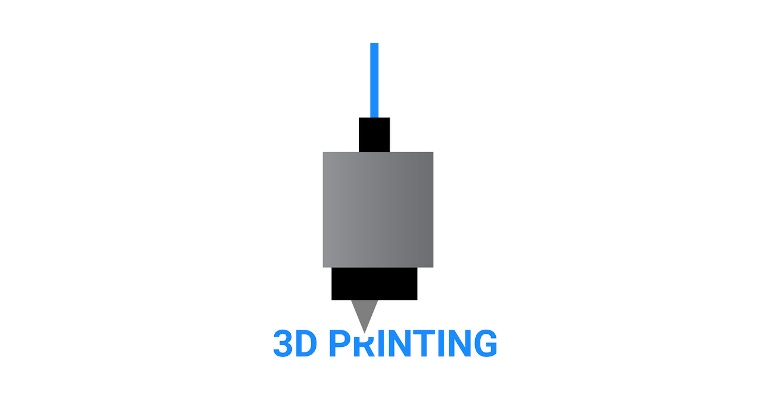A high-throughput combinatorial 3D printing technique can replace the long and laborious trial-and-error process, researchers said.
June 7, 2023

A new 3D printing method can help considerably shorten the time it takes to discover and fabricate a new and wide range of materials for various scientific and other uses, researchers said. Researchers at the University of Notre Dame have identified a method called high-throughput combinatorial printing (HTCP) to control the architectures and local compositions of printed materials’ 3D architectures, identifying and producing materials with gradient compositions and properties at microscale spatial resolution, they said.
The process mixes multiple aerosolized nanomaterial inks in a single printing nozzle in such a way that it can vary the ink mixing ratio on the fly during the printing process, the researchers said. This can significantly reduce the time it takes to discover and fabricate a new material which, according to the typical trial-and-error process that scientists go through, can take 10 to 20 years, said Yanliang Zhang, associate professor of aerospace and mechanical engineering at Notre Dame, who led the research.
“I thought if we could shorten that time to less than a year—or even a few months—it would be a game changer for the discovery and manufacturing of new materials," said Zhang, who leads the Advanced Manufacturing and Energy Lab at Notre Dame.
Finding and Developing Materials for This 3D Printing Use
The aerosol-based HTCP is versatile enough to apply a broad range of materials, including metals, semiconductors and dielectrics, polymers, and even biomaterials. The technique generates combinational materials that function as “libraries,” each containing thousands of unique compositions, the researchers said.
In fact, Zhang's team has already used the approach to identify a semiconductor material with superior thermoelectric properties, they said. The material could potentially be used in future energy harvesting and cooling applications, they said.
In addition to speeding up discovery, HTCP produces functionally graded materials that gradually transition from rigid to soft. This type of material can be particularly useful for application in biomedical solutions that need to bridge the gap between soft body tissues and stiff wearable and implantable devices, the researchers said.
The team published a paper on their work in the journal Nature. Zhang and his students plan to continue their research by applying machine learning and artificial intelligence (AI) to the process to even further accelerate its discovery and delivery process, he said.
“In the future, I hope to develop an autonomous and self-driving process for materials discovery and device manufacturing, so students in the lab can be free to focus on high-level thinking,” Zhang said.
About the Author(s)
You May Also Like



